The EMT High-Efficiency Foam Pig is indispensable for pipeline maintenance across various industries, thanks to its construction from high-quality, abrasion-resistant foam. This pig skillfully traverses complex pipeline geometries, effectively removing debris, sediment, and scale with optimal efficiency. Moreover, its lightweight and flexible nature allows it to adapt to changes in pipe diameter effortlessly. Additionally, it easily negotiates bends and valves, ensuring thorough cleaning throughout the system. The pig can also be customized with various coatings to handle specific tasks, enhancing its effectiveness in both wet and dry applications. Consequently, its use significantly enhances the lifespan of pipelines by preventing corrosion and blockages. Furthermore, it boosts the safety and efficiency of fluid transport, making it a critical component in pipeline management.

| Name | Model | Performance | Technical Parameters |
| Hygroscopic Foam Pig | LCQZ-RTH | 1. It is formed by one-time foaming of polyether polyurethane material. | Starting pressure: 0.2-0.3 MPa |
| 2. Soft texture, and good elasticity. | Density: 35 kg/m³~150 kg/m³ | ||
| 3. It has strong water absorption performance. And the deformation amount can reach 70%. | Withstand pressure: 7 MPa | ||
| 4. Remarkable effect on dewatering, degreasing, and drying of pipelines. | Stretch rate: 320% | ||
| Compression ratio: 60 | |||
| Flex life: 50,000 times | |||
| Attrition rate: 4 mm/100 km | |||
| Operating distance: 50 km~150 km | |||
| Operating temperature: -30℃~100℃ | |||
| Bare Foam Pig | LCQZ-RTN | 1. Soft texture and good flexibility. | Starting pressure: 0.02 MPa |
| 2. With strong water absorption, the deformation amount can reach 60%. | Density: 35 kg/m³~220 kg/m³ | ||
| 3. Used for dewatering, cleaning, and drying pipelines. | Withstand pressure: 7 MPa | ||
| Stretch rate: 320% | |||
| Compression ratio: 60 | |||
| Flex life: 50,000 times | |||
| Attrition rate: 4 mm/100 km | |||
| Operating distance: 50 km~150 km | |||
| Operating temperature: -30℃~100℃ |
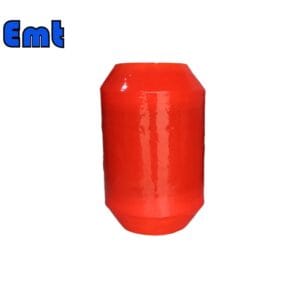
Material Specification
| Polyurethane material specification: | ||
| NO. | Factory inspection main indicators | Cup/DISC |
| 1 | 20℃Hardness(SHORE A) | 85±2 |
| 2 | Tensile strength (MPa) | 51.7 |
| 3 | 100%stress at definite elongation (MPa) | 4.8 |
| 4 | 300%stress at definite elongation (MPa) | 9.2 |
| 5 | Tensile set (%) | 780 |
| 6 | Tear strength (KN/m) | 73 |
| 7 | Impact resilience (%) | 32 |
| 8 | DIN abrasion (mm²) | 35 |
Polyurethane, often abbreviated as PUR or PU, is a class of polymers made up of organic units linked by carbamate (urethane) links. Unlike polymers like polyethylene and polystyrene, polyurethane describes a group of polymers rather than a single type. Polyurethanes can be synthesized from a wide array of starting materials, allowing for a diverse range of polymers within this class, each with different chemical structures and, consequently, a variety of applications. These applications include rigid and flexible foams, coatings, adhesives, electrical potting compounds, and fibers such as spandex and polyurethane laminate (PUL), with foams being the most predominant use, making up 67% of all polyurethane produced in 2016. Polyurethanes are typically created by reacting a polymeric isocyanate with a polyol, forming an alternating copolymer as the monomers polymerize sequentially. Both isocyanates and polyols used in this process contain multiple functional groups per molecule.
Specifications
A foam pig is an invaluable tool for pipeline maintenance, ensuring cleanliness and efficiency across various industrial sectors. Constructed from lightweight, flexible materials, this device easily adapts to different pipe diameters and navigates through bends and valves with minimal effort. By removing unwanted debris, sediment, and scale, the foam pig plays a crucial role in preventing blockages and corrosion, thereby extending the operational life of pipeline systems. Its versatility allows for customization with different coatings or abrasive surfaces, tailored to specific cleaning needs. As a result, whether for wet or dry applications, the foam pig is a preferred choice for maintaining smooth and efficient pipeline operations.
| Name | Model | Performance | Technical Parameters |
| Polly Foam Pig | LCQZ | 1. Polyurethane material foams its interior. A polyurethane elastomer coating covers the surface. | Starting pressure: 0.02 MPa |
| 2. Good flexibility and certain wear resistance. | Density: 35 kg/m³~220 kg/m³ | ||
| 3. The deformation amount can reach 50%. | Withstand pressure: 7 MPa | ||
| 4. Used for scrubbing, descaling, and fluid isolation of pipes. | Stretch rate: 320% | ||
| Compression ratio: 50 | |||
| Flex life: 50,000 times | |||
| Attrition rate: 2 mm/100 km | |||
| Operating distance: 100 km~300 km | |||
| Name | Model | Performance | Technical Parameters |
| Crisscross Foam Pig | LCQZ-RTCC | 1. The interior is foamed by polyurethane material. The surface is covered with a prismatic block polyurethane elastomer. | Starting pressure: 0.02 MPa |
| 2. High surface hardness and large friction coefficient. | Density: 35 kg/m³~220 kg/m³ | ||
| 3. Has high elasticity and toughness. | Withstand pressure: 7 MPa | ||
| 4. Used for pipeline cleaning, cleaning, and cleaning impurities. | Stretch rate: 320% | ||
| Compression ratio: 50 | |||
| Flex life: 50,000 times | |||
| Attrition rate: 2 mm/100 km | |||
| Operating distance: 100 km~300 km |
Applications of EMT High-Efficiency Foam Pig
Foam pigs serve a variety of applications within the pipeline industry, primarily focusing on cleaning and maintenance tasks. Their flexible structure allows them to navigate complex pipeline paths, effectively removing built-up debris and sediment. This cleaning process helps maintain the optimal flow of materials through pipelines, reducing the risk of blockages and improving overall system efficiency. Operators frequently use them in both oil and gas and municipal water systems to ensure clear, unobstructed channels.
Beyond cleaning, foam pigs also play a crucial role in pipeline drying and dewatering after hydrostatic testing. They push out residual water, preparing pipelines for the safe transport of gas or other hydrophobic substances. Additionally, foam pigs aid in the application of protective coatings inside pipelines, evenly distributing the coatings to safeguard against corrosion. Their use significantly extends the lifespan of pipeline infrastructure and enhances the safety of fluid and gas transport processes.


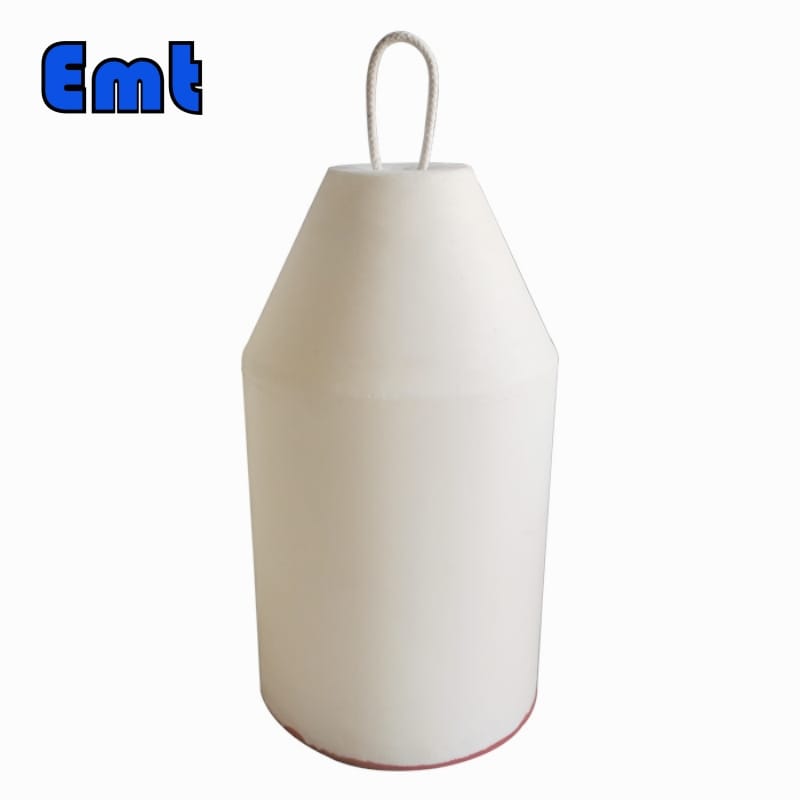
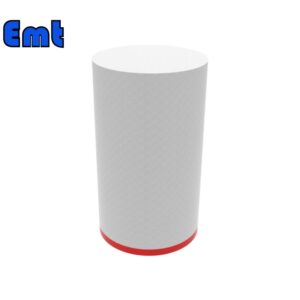

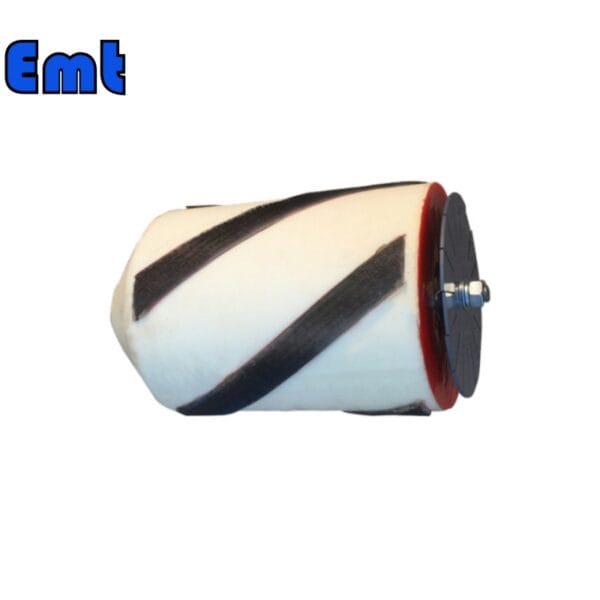
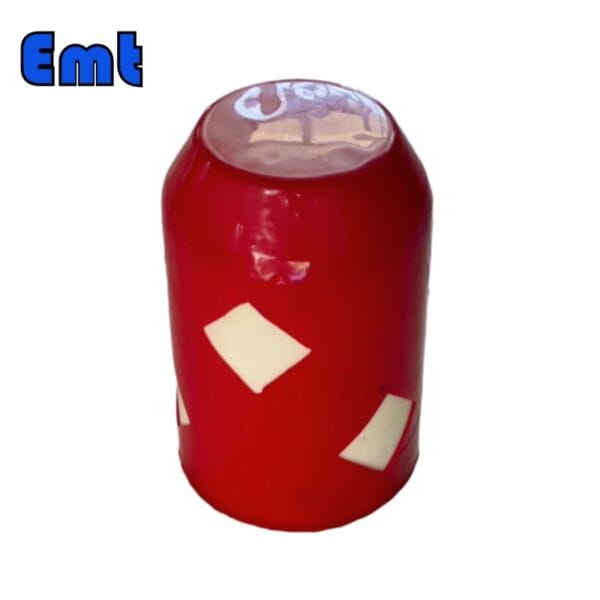
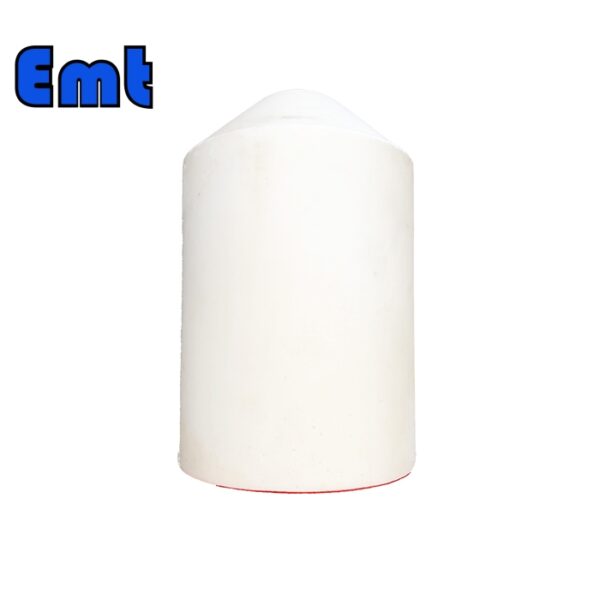
There are no reviews yet.